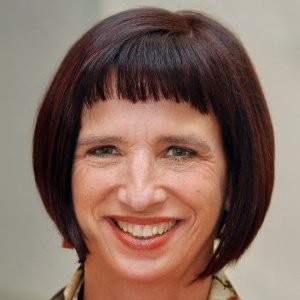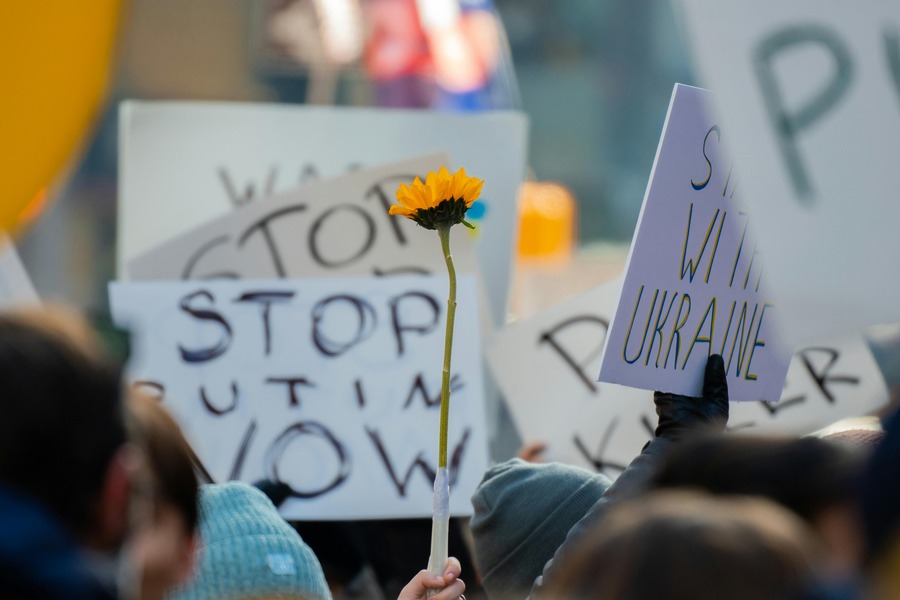
Ashley Gatewood: 5 ways fundraisers can progress in their career
October 13, 2021
Ewald Verhoog: Digital fundraising quick fix – the engagement score
November 10, 2021Too often neglected within a fundraising strategy, mid-level donors offer significant potential for nonprofit organisations. Isabel Penne of Fundraisers Alliance Belgium explores how organisations can engage this key donor group.
In the no man’s land between regular donors and the personal approach of major gift fundraising lies the realm of the middle donors. Fundraising strategies tend to stress either acquiring a mass of new donors in the short term – mostly with a low gift amount, or obtaining large gifts in view of a long term investment.
Middle donor fundraising is hard work and demands a specific strategy. They make up a smaller proportion of donors but are responsible for a larger financial return. Research in the US shows that mid-level donors make up 5-10% percent of the donor group but they account for 40-50% of the income, typically giving between a few hundred euro to €5,000-10,000.
This segment of the donor community seeks a sustainable relationship and a stronger engagement with the organisation. It’s not an easy task. Therefore, the mid-level donor is often the neglected “middle child” of fundraising.
But middle donor fundraising is not just another tool to experiment with. It should be embedded in a long-term strategy within the donor journey.
A strategic approach
With a higher level of commitment than ‘regular’ donors, middle donors will often be those that step up to become major donors or legacy givers. And this requires ‘humanised personalisation’ (RKD Group, US).
Getting to know the donor well enables the organisation to create tailored content that arouses the interest of the donor (personalisation). Trying to communicate as if having a conversation with a ‘real’ person (humanisation) generates strong donor commitment. This strategy is not focused on the organisation but on the donor – a golden rule for successful fundraising. There are three beacons for the mid-level donor strategy: acting donor-centred, showing impact and being unique.
But how do you put such a strategy in place? The Cycle of Investment is an easy marketing tool that helps you attract and retain donors. This tool uses five action words to structure your thoughts and strategy about friendraising and fundraising: Identify, Inform, Interest, Involve and Invest.
IDENTIFY who your mid-level donors are and how to manage them
Your target groups will be those donor who takes more than the usual interest in the organisation. It is the one who spontaneously informs you about a change of address, the one who asks a question about a project or even the angry one who tells you off. It is also the donor who chooses a higher/the highest amount in a row of suggested gift levels. Being alert to small signals of commitment and being able to register this information in the database is key to identifying these donors. Again, we emphasise the leading role of the database and of the consultable information within this strategy.
INFORM donors with tailored, personalised communication
Communication is key for cultivating this target group, with a focus on gratitude and impact. It doesn’t necessarily need to include an explicit ask.
Middle donors want to be allies. Opting for two-way communication will allow them to ask questions or express their opinion. Listening is a powerful tool to recognise the donor as a unique supporter of the organisation. Listening also informs you about the donor’s preferences in the communication process. A phone call by the leadership and/or staff of the organisation is a very powerful option with this group.
Communication should focus on their particular areas of interest, using a wide range of communication channels. The challenge lies in achieving this without creating too heavy a workload. Simple touches like adding a short personal message or signing letters in person can make all the difference. You might celebrate a milestone in the donor journey; reaching a specific gift threshold or gift anniversary, or send birthday wishes. A specific newsletter covering their preferred projects can be included or messages sharing campaign developments and news that’s likely to be of interest (the inauguration of a building or a PhD about the research they support perhaps).
Build INTEREST
You can trigger the interest of your donor audience through events. In these post-pandemic times, a choice will be made from a menu of “blended” organisational formats: live events or digital presence and all options in between. The essence remains the same: showing impact. Donors become partners in the mission of the organisation by seeing and experiencing the projects live or via livestream: tours, lab visits, open days, webinars and talks. Don’t forget to offer further information with brochures, posters, short movies and so on, encouraging them to find out more.
INVOLVE donors – encourage their participation to nurture commitment
Mid-level donors want to be actively involved with the organisation. It’s important to determine and understand their motivation: Why have they chosen this project? What exactly appeals to them? Every (mid-level) donor journey should handle an efficient survey tool. Short and straightforward questions about their expectations strengthen the relationship. It can be helpful to ask which key elements in the organisation’s mission the donor particularly values. This allows you to apply the right triggers to intensify the relationship. You can use a range of channels to interact, but focus groups are particularly helpful for gathering feedback and advice. This donor group wants to be heard and (usually) loves to cooperate. This involvement is the basis for the long-term relationship that your organisation strives for.
Inspire donors to INVEST
If all the above is in place, this should encourage your donors to invest in the organisation, whether that’s time as a volunteer and/or by giving a (higher than average) gift amount. And it will likely bring sustainable long-term returns, with better ROI and donor retention.
However, the organisation should be willing and prepared to spend time and resources on a middle donor strategy that centres on developing unique donor experiences. In this way, organisations can build more substantive relationships with a focus on the organisational goals.
This is first and foremost a plea for a donor focused attitude. Donors want to be insiders. They want to be supporters through the good and bad days because they want your organisation to succeed. Your task is to find the best way to allow them to play their part.
This blog was first published in Dutch by the Fundraisers Alliance Belgium. It has been abbreviated and translated for publication here via EFA.
About Isabel Penne

Isabel Penne, Fundraisers Alliance Belgium
Isabel Penne is the co-founder and president of Fundraisers Alliance Belgium (FAB). She has built 35 years of experience in friendraising and fundraising at KU Leuven, where she now works as relationship and project manager. She also runs the Isabel Penne Consultancy – Driven by Fundraising. With a focus on relationship-based fundraising, Isabel has lectured at seminars in Holland, Sweden, Germany, France and the UK. She was a board member of CASE (Council for the Advancement and Support of Education) Europe and was a member of the Commission on Alumni Relations at the CASE headquarters in Washington.
Isabel wishes to express her sincere thanks to the following experts: FAB’s board members, Liesbeth Van Uytven at Mindwize, Vera Peerdeman at Nassau Fundraising, Florian Hupkes at Utrechts Landschap and Prof. Steven Van Hecke at KU Leuven.
Main feature photo by Önder Örtel on Unsplash




